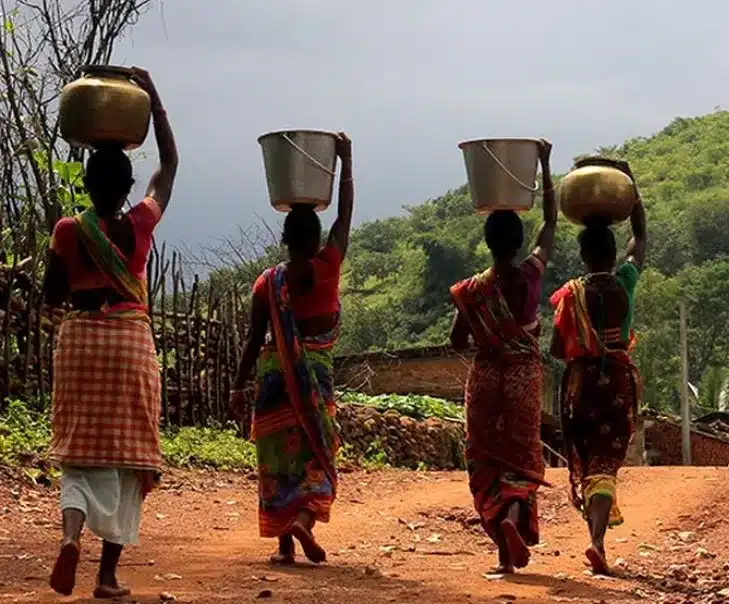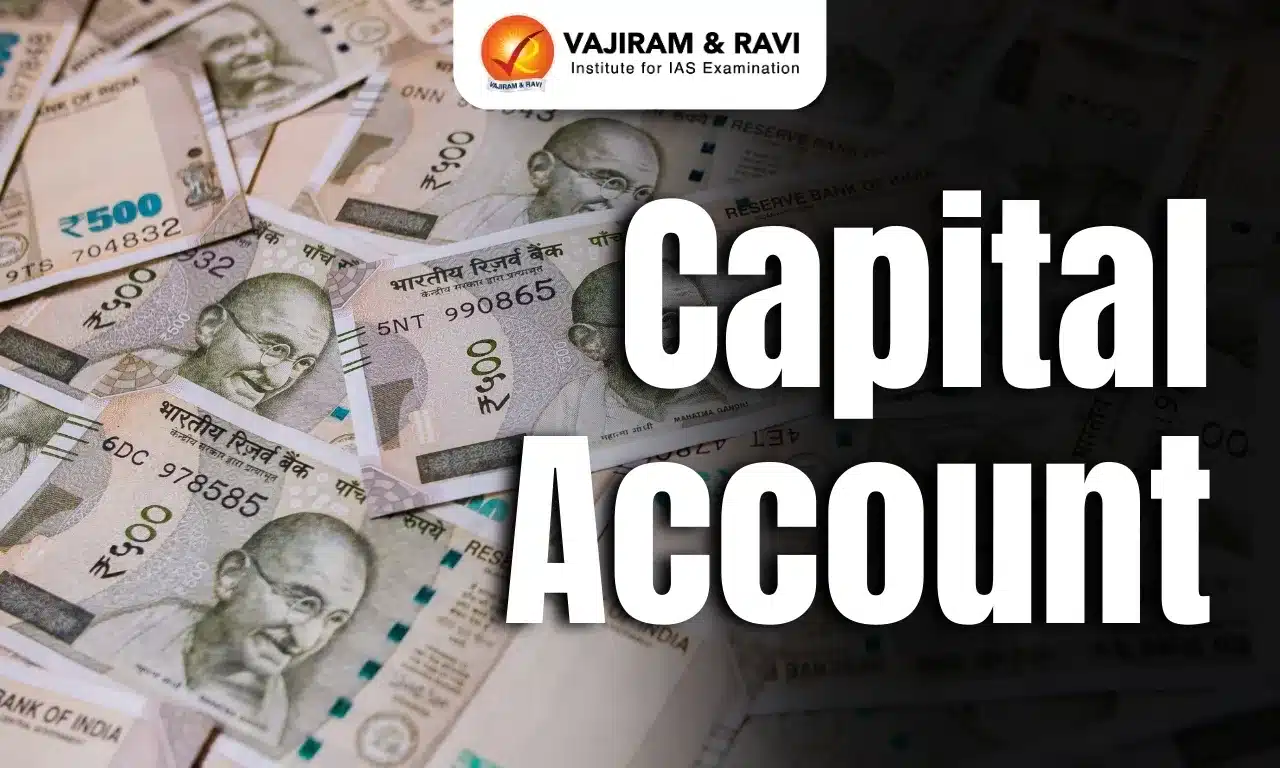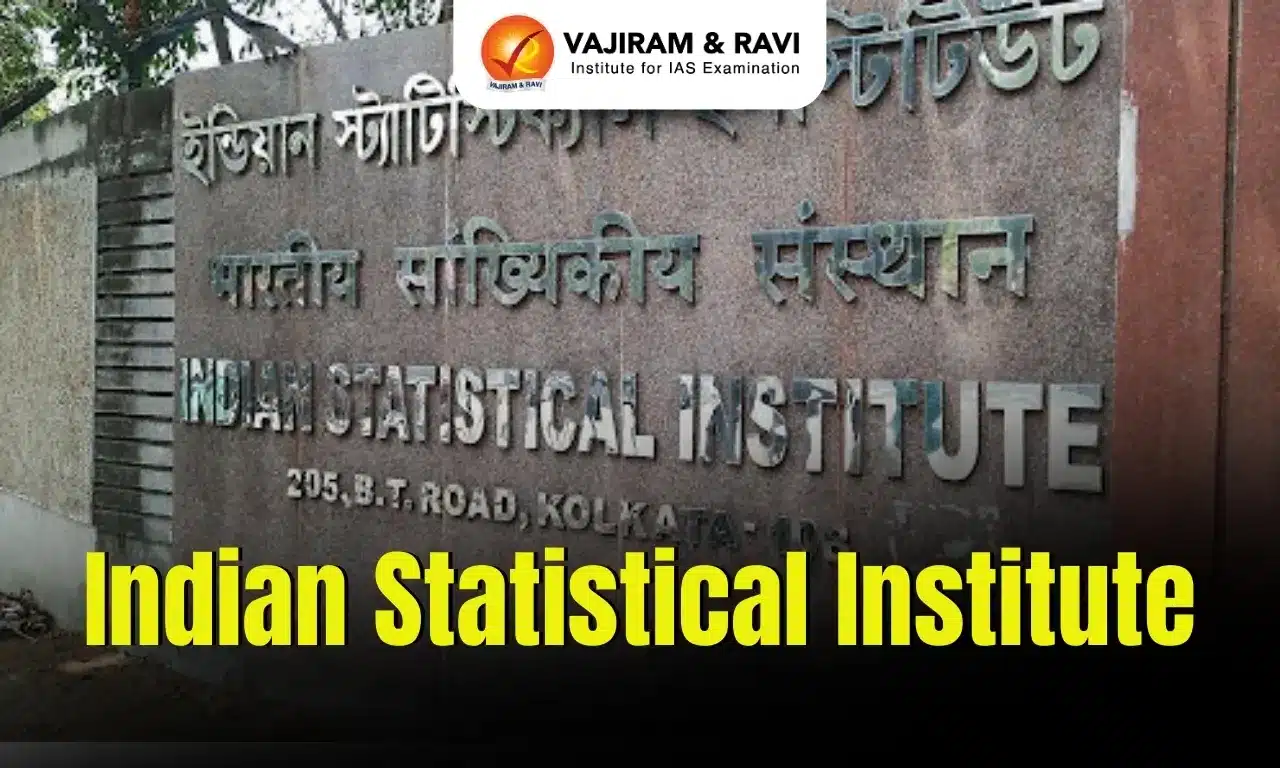India’s ranking on the United Nations Human Development Index (HDI) improved by one position in 2022 to 134 out of 193 countries ranked compared to 135 out of 191 countries in 2021. Switzerland has been ranked number one.
Human Development Index (HDI) 2023-24
- About
- It is a statistical composite (first published in 1990 by the UNDP) index, which measures average achievement of a country in 3 basic dimensions –
- Background
- It was developed by Pakistani economist Mahbub ul Haq and is now used to assess a country’s development as part of the United Nations Development Programme’s Human Development Report.
- Along with HDI, HDR also presents:
- Multidimensional Poverty Index (MPI),
- Inequality-adjusted Human Development Index (IHDI),
- Gender Inequality Index(GII) since 2010 and
- Gender Development Index (GDI) since 2014.
- Th HDI also embodies Amartya Sen’s “capabilities” approach to understand human well-being, which emphasizes the importance of ends (like a decent standard of living) over means (like income per capita).
Key Highlights of the India’s Human Development Report 2023-24
- Theme of the report
- Recently released 2023/24 Human Development Report (HDR) was titled as “Breaking the Gridlock: Reimagining Cooperation in a Polarized World.”
- India’s ranking
- India ranked 135 in 2021. It had moved up to 134 in 2022.
- India in the medium human development category
- Between 1990 and 2022, the country saw its HDI value increase by 48.4 percent, from 0.434 in 1990 to 644 in 2022.
- India’s performance on various indicators
- India’s life expectancy at birth has slightly improved from 67.2 years in 2021 to 67.7 years in 2022.
- There is an overall increase (5.88%) in expected years of schooling (EYS) from 11.9 years to 12.6 years, leading to an improvement of 18 places.
- Gross National Income (GNI) per capita also improved from $6,542 to $6,951.
- Performance of India’s neighbourhood
- Sri Lanka has been ranked much ahead at 78, while China is ranked 75, both categorised under the High Human Development category.
- Bhutan stands at 125 and Bangladesh at 129th position.
- Nepal (146) and Pakistan (164) have been ranked lower than India.
- India’s progress in reducing gender inequality
- India has also shown progress in reducing gender inequality and ranks 108 out of 166 countries in the Gender Inequality Index (GII) 2022.
- The GII measures gender inequalities in three key dimensions – reproductive health, empowerment, and labour market.
- The country’s GII value of 0.437 is better than the global average of 0.462 and the South Asian average of 0.478.
- India’s performance in reproductive health is better than other countries in the medium human development group or South Asia.
- India’s adolescent birth rate in 2022 was 16.3 (births per 1,000 women ages 15-19), an improvement from 17.1 in 2021.
- However, India also has one of the largest gender gaps in the labour force participation rate—a 47.8 percentage points difference between women (28.3%) and men (76.1%).
Observations made by Human Development Index
- The report shows that the two-decade trend of steadily reducing inequalities between wealthy and poor nations is now in reverse.
- The failure of collective action to advance action on climate change, digitalisation or poverty and inequality not only hinders human development but also worsens polarisation and further erodes trust in people and institutions worldwide.
- Nine in 10 people worldwide endorse democracy, but over half of the respondents expressed support for leaders who may undermine it, for instance, by bypassing fundamental rules of the democratic process.
- Political polarisation in countries is also responsible for protectionist or inward-turning policy approaches.
Four Areas for Immediate Action proposed by the Human Development Report
- To break through the current deadlock & reignite a commitment to a shared future:
- planetary public goods for climate stability as we confront the unprecedented challenges of the Anthropocene;
- digital global public goods for greater equity in harnessing new technologies for equitable human development;
- new and expanded financial mechanisms, including a novel track in international cooperation that complements humanitarian assistance and traditional development aid to low-income countries; and
- dialling down political polarization through new governance approaches focused on enhancing people’s voices in deliberation and tackling misinformation.
Q1) What is the Inequality-adjusted Human Development Index (IHDI)?
The Inequality-adjusted Human Development Index (IHDI) is a summary measure of human development that considers the distribution of a country’s achievements among its citizens. It takes into account the average achievements of a country in health, education, and income, and “discounts” each dimension’s average value according to its level of inequality.
Q2) What is Gross national income (GNI)?
Gross national income (GNI) is a statistic that measures the total value added claimed by a country’s residents over a period of time. It’s also known as gross national product (GNP).
Last updated on November, 2025
→ Check out the latest UPSC Syllabus 2026 here.
→ Join Vajiram & Ravi’s Interview Guidance Programme for expert help to crack your final UPSC stage.
→ UPSC Mains Result 2025 is now out.
→ UPSC Notification 2026 is scheduled to be released on January 14, 2026.
→ UPSC Calendar 2026 is released on 15th May, 2025.
→ The UPSC Vacancy 2025 were released 1129, out of which 979 were for UPSC CSE and remaining 150 are for UPSC IFoS.
→ UPSC Prelims 2026 will be conducted on 24th May, 2026 & UPSC Mains 2026 will be conducted on 21st August 2026.
→ The UPSC Selection Process is of 3 stages-Prelims, Mains and Interview.
→ UPSC Result 2024 is released with latest UPSC Marksheet 2024. Check Now!
→ UPSC Prelims Result 2025 is out now for the CSE held on 25 May 2025.
→ UPSC Toppers List 2024 is released now. Shakti Dubey is UPSC AIR 1 2024 Topper.
→ UPSC Prelims Question Paper 2025 and Unofficial Prelims Answer Key 2025 are available now.
→ UPSC Mains Question Paper 2025 is out for Essay, GS 1, 2, 3 & GS 4.
→ UPSC Mains Indian Language Question Paper 2025 is now out.
→ UPSC Mains Optional Question Paper 2025 is now out.
→ Also check Best IAS Coaching in Delhi


















